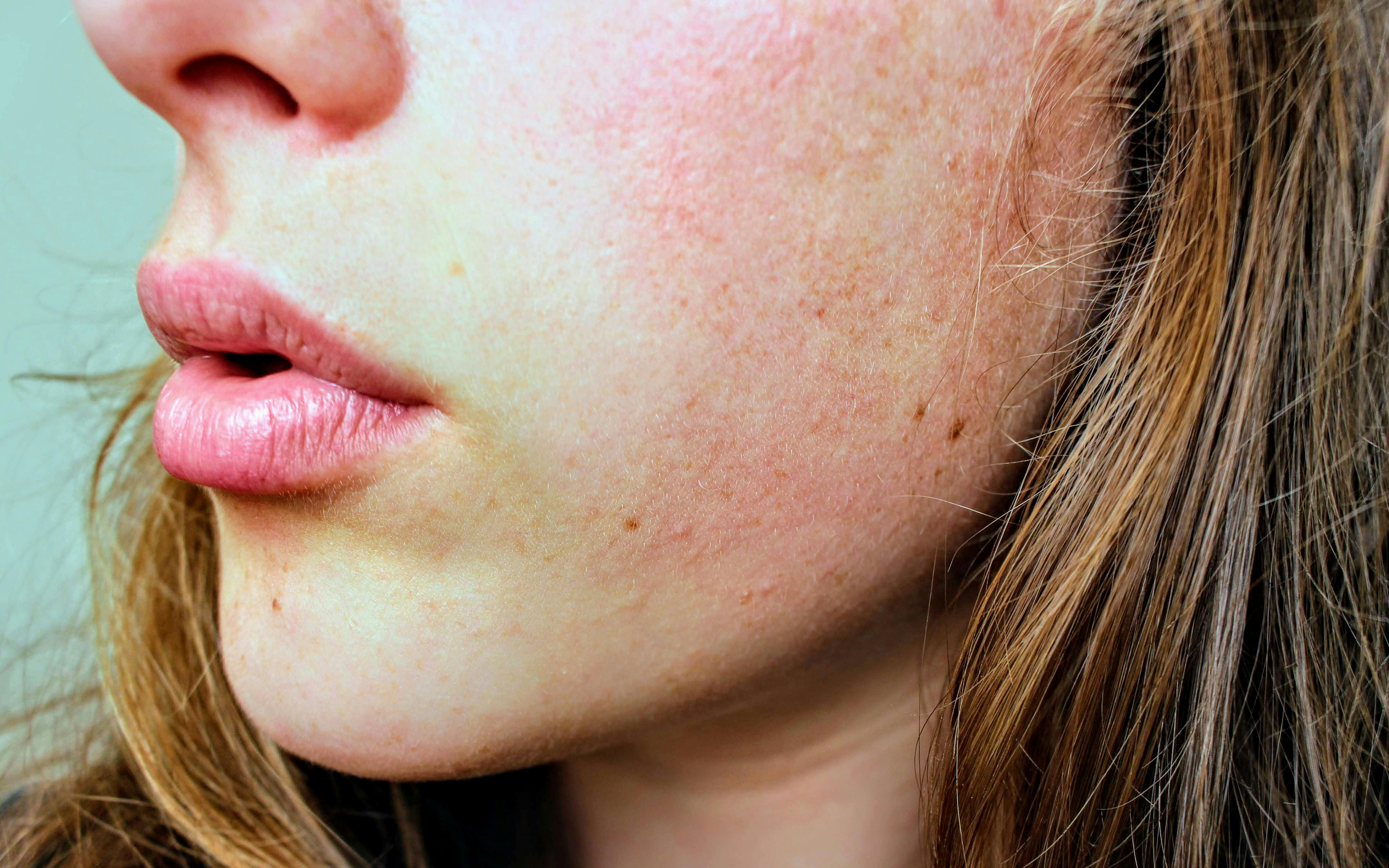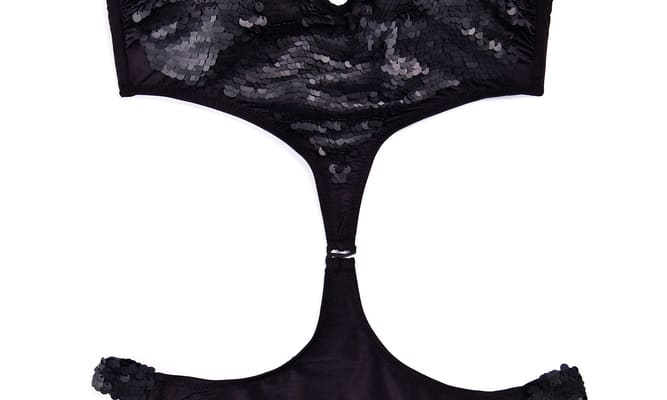Understanding the Miracles and Misconceptions of Botox
Botox, a brand name for botulinum toxin, has been a buzzword in the beauty industry for the past few years. Initially recognized for its medical applications, this potent neurotoxin has found its way into cosmetic clinics and is now a favored tool for age reversal and aesthetic enhancement. Despite its popularity, Botox is often misunderstood. This article aims to demystify Botox, shedding light on its evolution, current trends, and widespread impact, while addressing common misconceptions.

From Deadly Toxin to Beauty Elixir: The Evolution of Botox
Botulinum toxin, the active ingredient in Botox, is produced by a bacterium known as Clostridium botulinum. This toxin was initially recognized for its lethal potential, causing botulism, a severe form of food poisoning. It was not until the mid-20th century that scientists began exploring its therapeutic benefits.
In the 1950s, Dr. Edward J. Schantz and his team began studying botulinum toxin. They discovered that when administered in small, controlled doses, it could block nerve signals, causing temporary muscle paralysis. This finding paved the way for its medical usage, treating conditions such as strabismus (crossed eyes) and blepharospasm (uncontrolled blinking).
The cosmetic potential of Botox was unearthed in the late 1980s, almost by accident. During the treatment of blepharospasm, doctors noticed the smoothing effect of the toxin on forehead wrinkles. This observation sparked interest in its aesthetic application, leading to its approval by the Food and Drug Administration (FDA) for cosmetic use in 2002.
Botox in the 21st Century: Trends and Perceptions
Since its approval for cosmetic use, Botox has experienced a surge in popularity. The American Society of Plastic Surgeons reports that botulinum toxin injections are the top non-surgical cosmetic procedure in the U.S., with over 7 million treatments administered in 2018.
Moreover, the use of Botox is no longer confined to an older demographic seeking to reverse the signs of aging. A growing number of millennials are opting for ‘preventative Botox’, aiming to inhibit the formation of wrinkles before they become pronounced.
Despite its popularity, Botox still faces some resistance. Many fear the ‘frozen face’ phenomenon, a result of excessive Botox use. However, when administered correctly, Botox can yield natural-looking results, maintaining facial expressions while smoothing out wrinkles.
The Impact and Reception of Botox
Botox has undeniably revolutionized the beauty industry. It offers a non-invasive alternative to surgical procedures, with minimal recovery time. This accessibility, combined with its effectiveness, has contributed to its widespread acceptance.
The reception towards Botox, however, is not uniformly positive. Some argue that it promotes unrealistic beauty standards and contributes to societal pressure to maintain a youthful appearance. Critics also question the long-term effects of regular Botox use, as comprehensive studies in this area are still lacking.
Debunking Botox Misconceptions
One common misconception about Botox is that its effects are immediate. In reality, Botox results typically take 3-7 days to appear, with maximum results visible after two weeks.
Another myth is that stopping Botox treatments will worsen wrinkles. This is false. If Botox treatments are discontinued, wrinkles will simply return to their pre-treatment state. Botox does not accelerate the aging process.
Lastly, many believe that Botox is only for wrinkles. While it is commonly used for this purpose, Botox also has a range of medical applications, including treating migraines, excessive sweating, and certain muscular disorders.
Looking Forward: The Future of Botox
Botox’s trajectory from a deadly toxin to a cherished beauty elixir is remarkable. Its popularity shows no signs of waning, and its applications in both cosmetic and medical fields continue to expand.
As the demand for non-invasive cosmetic procedures rises, so will the use of Botox. However, as with any medical treatment, it’s crucial to understand the procedure, its potential risks, and benefits, and to seek treatment from a qualified professional.
In the ever-evolving world of beauty, Botox has carved out a significant niche. Its journey is a testament to the transformative power of research and innovation, and it serves as a reminder of the complex relationship between beauty, science, and society.




